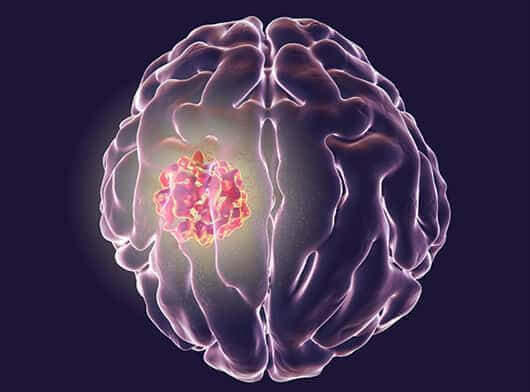-
Surgery
- Radiation
-
Medical Oncology
-
The surgical removal of a brain tumor is the most beneficial option for patients. The surgeon tries to remove the tumor as much as possible without injuring parts of the brain.
-
Craniotomy – Conventionally, neurosurgeons open the skull by this procedure to remove the tumor.
-
Stereotactic surgical biopsy – It is sometimes performed to help in the diagnosis of the tumor. A small sample of tissue is obtained and sent for histopathological evaluation.
-
Surgical navigation systems – These help the surgeon to a precise opening for the excision of the tumor. It also guides intraoperatively for complete tumor removal.
-
Awake Craniotomy is an essential technique for patients with tumors which that are found near the area of the brain that controls critical functions such as speech, language or movement. This procedure involves operating on a patient while awake and ensuring these abilities are preserved.
-
Procedures to relieve increased Intracranial pressure
Cerebrospinal fluid (CSF) is a fluid found within the brain and spine which circulates in the system all the time. If there is a block in circulation, the ventricles (the sacs containing CSF) enlarge, increasing the pressure within the skull leading to a condition called Hydrocephalus.Hydrocephalus can be treated by Ventriculoperitoneal Shunting and Endoscopic Third Ventriculostomy.
-
Ventriculoperitoneal Shunting
The neurosurgeon uses a shunt to divert the CSF, which is causing the pressure to build up in the skull. The fluid is drained through the shunt into the peritoneal cavity (the cavity housing the abdominal organs), which helps reduce the pressure. -
Endoscopic Third Ventriculostom
The neurosurgeon uses this procedure to divert the brain fluid around the obstruction without the need for a shunt.


